Executive Summary: Understanding blue crystal meth
blue crystal meth, a distinctive form of methamphetamine, is a powerful and highly addictive synthetic stimulant. blue crystal meth gained widespread recognition through popular media, but its blue coloring is typically due to additives or dyes and does not indicate higher purity or potency; pure methamphetamine is usually a white crystalline powder. blue crystal meth carries severe physical and psychological health risks, including paranoia, anxiety, rapid heart rate, stroke, and potential overdose leading to death. Long-term use of blue crystal meth can result in profound addiction, brain damage, psychosis, and severe dental issues.
blue crystal meth, like all forms of methamphetamine, is classified as a highly regulated controlled substance in the United States (Schedule II), United Kingdom (Class A), and Australia (Schedule 8), making its manufacture, sale, possession, and use illegal without proper authorization. Penalties for offenses involving blue crystal meth are severe, including lengthy prison sentences and substantial fines. This overview provides essential, trustworthy information for those seeking to understand blue crystal meth‘s dangerous profile, its reported effects, associated health and legal risks, and where to find help for methamphetamine addiction.
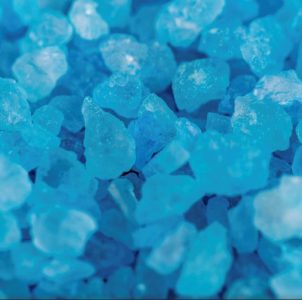
blue crystal meth
1. Introduction to blue crystal meth: Chemical Profile and Forms
This section provides a foundational understanding of blue crystal meth, detailing its chemical classification, common aliases, and the various forms in which it appears, along with its typical methods of administration.
1.1. Chemical Classification and Aliases of blue crystal meth
blue crystal meth is a specific form of methamphetamine, a powerful and highly addictive synthetic stimulant. blue crystal meth is chemically a lab-made substance, distinct from naturally occurring compounds. blue crystal meth is commonly known as “blue meth,” and is also referred to by broader methamphetamine aliases such as “crystal meth,” “Tina,” “ice,” “glass,” “chalk,” “speed,” “uppers,” and “crank.”
blue crystal meth gained widespread recognition through popular media, which often portrayed it as an exceptionally pure form of the drug. However, the distinctive blue color of blue crystal meth is typically due to additives or dyes used during manufacturing, such as iodine, methylene blue, or pseudoephedrine, or can result from improper synthesis techniques or contaminants. Pure methamphetamine typically appears as a white crystalline powder, meaning the blue hue does not indicate higher purity or potency in real-life scenarios.
1.2. Physical Appearance and Administration Methods of blue crystal meth
blue crystal meth typically resembles small fragments of glass or shiny bluish-white “rocks” of various sizes. blue crystal meth is a crystalline form of methamphetamine, distinguishing it from powdered methamphetamine.
blue crystal meth is most frequently smoked, often using glass pipes similar to those used for crack cocaine. blue crystal meth can also be injected, snorted (nasal insufflation), or administered orally or rectally. The method of administration significantly influences the onset and intensity of effects. When smoked or injected, blue crystal meth enters the bloodstream and brain rapidly, producing an immediate and intense “rush” or euphoria. If swallowed or snorted, the high from blue crystal meth is still intense but takes longer to manifest.
2. The Potent Effects of blue crystal meth: Subjective Experiences and Cognitive Impact
blue crystal meth is known for its powerful and rapid effects on the central nervous system. blue crystal meth‘s potent effects are due to its ability to quickly cross the blood-brain barrier.
2.1. Psychological and Emotional Effects of blue crystal meth
blue crystal meth typically induces feelings of euphoria and increased alertness and energy in the short term. blue crystal meth use can also cause feelings of happiness and well-being, increased wakefulness, confidence, and talkativeness. The euphoria produced by blue crystal meth often wears off quickly, leading to a “crash” that can be intensely unpleasant.
However, blue crystal meth can also cause serious negative psychological effects, including paranoia, anxiety, confusion, insomnia, and mood disturbances. Long-term use of blue crystal meth may lead to symptoms of psychosis, such as seeing and/or hearing things that are not there (hallucinations) and deeply believing false stories or ideas (delusions), even when not intoxicated. Heavy drinking and stress can increase the odds of recurring psychosis symptoms in individuals who have experienced methamphetamine-associated psychosis in the past. Users may also exhibit violent, bizarre, and erratic behavior, and experience irritability.
2.2. Physical and Sensory Effects of blue crystal meth
blue crystal meth use can have immediate negative physical health effects. blue crystal meth can cause a rapid heart rate, irregular heartbeat, increased blood pressure, and dangerously increased body temperature (hyperthermia). Users may also experience increased breathing, sweating, headaches, blurred vision, dry mouth, and dizziness. blue crystal meth often decreases or even eliminates appetite, leading to weight loss and malnutrition.
Long-term use of blue crystal meth can lead to severe tooth decay and gum disease, commonly known as “meth mouth,” which often causes teeth to break or fall out. Chronic users may also develop skin problems such as sores and abscesses, particularly if the drug is injected.
2.3. Duration and Intensity of blue crystal meth Effects
The effects of blue crystal meth may be felt immediately or within 20 minutes, depending on how it is used. When smoked or injected, blue crystal meth produces an immediate and intense “rush” or euphoria. The initial high from blue crystal meth powder lasts around 20 to 30 minutes, depending on purity and tolerance, though physical effects like a faster heart rate may persist. The effects of smoking crack (a comparison often made due to similar administration methods) are even shorter, lasting about 10 minutes. Some users experience feeling down, anxious, and paranoid the day after use, or even longer. The duration of overdose symptoms from
blue crystal meth can be prolonged, with delusional thinking potentially lasting for 15 hours, as the drug stays active in the body for very long periods.
3. Critical Risks: Health Dangers and Addiction Potential of blue crystal meth
blue crystal meth poses severe health risks and has an extremely high potential for addiction. blue crystal meth affects many of the body’s organs and systems, causing severe health problems, especially with frequent use.
3.1. Acute Adverse Effects and Immediate Risks of blue crystal meth
blue crystal meth use can lead to immediate negative health effects. blue crystal meth can cause paranoia, anxiety, rapid heart rate, irregular heartbeat, stroke, increased blood pressure, and kidney damage. Overdoses of blue crystal meth can cause hyperthermia (elevated body temperature), convulsions, and death. Patients experiencing blue crystal meth toxicity often present with an altered mental status, which can include psychotic episodes, irritability, suicidal ideation, and rarely coma or seizures.
Early symptoms of a blue crystal meth overdose include agitation or aggressive behavior, paranoid thoughts or delusions, chest pain, rapid heart rate or palpitations, breathing problems, and elevated body temperature. More severe symptoms can include heart attack (where blue crystal meth restricts blood flow to the heart muscle), hypertensive crisis (dangerously high blood pressure leading to organ damage), cardiac arrest (where the heart stops), and seizures.
3.2. Long-Term Health Consequences of blue crystal meth
Long-term use of blue crystal meth can lead to severe and persistent health problems. blue crystal meth can cause long-lasting damage to the blood vessels of the heart and brain, potentially leading to heart attacks, strokes, and death. Lung, liver, and kidney damage are also reported.
blue crystal meth use is associated with other mental health disorders, including chronic anxiety, confusion, insomnia, and mood disturbances. Some studies have found decreased cognitive function associated with long-term blue crystal meth use, including difficulty with verbal learning and slower reaction times. Chronic use can also lead to severe psychological dependence, disorientation, apathy, confusion, and exhaustion. Damage to the brain structure similar to Alzheimer’s disease, epilepsy, and stroke has been observed.
blue crystal meth use can increase the chances of acquiring bacterial infections, such as a heart infection called infective endocarditis, through shared injection equipment. It also increases the chance of acquiring HIV or viral hepatitis through shared injection equipment or sexual behavior associated with methamphetamine use.
3.3. Addiction Potential of blue crystal meth
blue crystal meth is a drug with a high potential to become addictive. blue crystal meth enters the brain quickly and produces an intense “rush” or euphoria that also ends quickly, leading to a “crash” and strong cravings. Repeated use of blue crystal meth may lead to methamphetamine use disorder, characterized by severe psychological dependence.
If blue crystal meth use is discontinued abruptly, it might lead to withdrawal symptoms that can be persistent for months after use. These symptoms may include depression, anxiety, irritability, pain and discomfort, sleep problems, cravings, and trouble concentrating. After the acute phase of withdrawal, a person may still experience low mood, anxiety, and cravings for the drug for several months.
3.4. Overdose Risks and What to Do
A blue crystal meth overdose is a medical emergency and potentially life-threatening, requiring immediate medical attention. blue crystal meth can cause someone to feel restless or be unable to control their movement, progressing to seizures, unconsciousness, and convulsions.
If someone is showing signs of a blue crystal meth overdose, it is crucial to act quickly:
- Call 911 (or your local emergency number) immediately to get emergency medical assistance.
- Try to wake the person up if they appear unconscious by vigorously rubbing their chest with your fist over the breastbone.
- Check for a pulse and start CPR if you can’t immediately feel one; 911 operators can guide you through it.
- Administer naloxone (Narcan) if available and if there’s any suspicion of opioid involvement (e.g., trouble breathing, loss of consciousness, pinpoint pupils), as blue crystal meth is sometimes combined with fentanyl. Naloxone will not harm someone if they have not used opioids.
- Stay with the person until paramedics arrive, keeping them as calm and safe as possible, as many people with blue crystal meth overdoses will feel agitated and anxious.
4. Legal Status of blue crystal meth: Navigating Global Regulations
The legal status of blue crystal meth is strictly controlled across the United States, United Kingdom, and Australia, reflecting its classification as a dangerous substance with high abuse potential.
4.1. Controlled Substance Status in Key Regions
blue crystal meth, as a form of methamphetamine, is classified as a controlled drug in numerous countries.
- United States: The U.S. Drug Enforcement Administration (DEA) classifies methamphetamine, including blue crystal meth, as a Schedule II stimulant. This classification means it has a high potential for abuse, and abuse may lead to severe psychological or physical dependence. While approved by the FDA for limited medical treatment (ADHD, short-term obesity), most blue crystal meth used in the United States is illicitly manufactured. All states have made the possession and sale of methamphetamine illegal, though penalties vary. Federal laws place hefty prison sentences and fines on those found with high amounts, typically targeting traffickers. Personal possession federal charges can lead to up to a year in jail and a $2,000 fine.
- United Kingdom: As of January 18, 2007, methamphetamine, including blue crystal meth, is classified as a Class A drug in the UK under the Misuse of Drugs Act 1971. This is the highest classification for drugs in the UK. Possession of Class A drugs can lead to up to 7 years in prison, an unlimited fine, or both. Supplying or producing Class A drugs can result in up to life imprisonment, an unlimited fine, or both.
- Australia: Methamphetamine, including blue crystal meth (often referred to as “ice”), is a controlled drug in Australia. It is classified as a ‘Schedule 8’ drug under the Standard for the Uniform Scheduling of Medicines and Poisons (SUSMP). It is against the law to be in possession of a Schedule 8 drug without a proper prescription. Penalties for illegal possession, use, manufacture, importation, exportation, or sale of blue crystal meth vary between jurisdictions but may include fines, loss of demerit points, imprisonment, and disqualification from driving. It is also an offense to drive with methamphetamine present in body fluids or to drive under its influence.
- Other Countries: Methamphetamine is regulated under Schedule 1 of Hong Kong’s Dangerous Drugs Ordinance, and is a Class “A” or Schedule 1 controlled drug under New Zealand’s Misuse of Drugs Act 1975. It is also illegal in the Philippines under the Comprehensive Dangerous Drugs Act of 2002.
4.2. Implications for Online Information and Compliance
Given the stringent legal classifications of blue crystal meth across the US, UK, and Australia, any direct e-commerce sales or promotion of this substance for human consumption are illegal and carry severe legal consequences. Online platforms must prioritize legal compliance and ethical responsibility. This means shifting from a sales-driven approach to providing comprehensive, accurate, and harm-reduction-focused information.
Content related to blue crystal meth should clearly state its legal status and associated risks. The goal of such content should be to inform and educate the public, rather than to facilitate illicit transactions. This approach aligns with public health objectives and ensures that any online presence remains within legal and ethical boundaries.
5. Popularity and Trends in Blue Crystal Meth Use
blue crystal meth has gained notoriety, particularly through its portrayal in popular media, which has contributed to public awareness, albeit sometimes with dramatized aspects.
5.1. Patterns of Recreational Use
blue crystal meth is a form of methamphetamine that is used recreationally, especially by young adults and in contexts like dance clubs and parties. blue crystal meth has seen increasing demand across Australia, with authorities regularly seizing large quantities. Since the late 1990s, the amount of amphetamine-type stimulants and blue crystal meth detected at the Australian border has significantly increased.
5.2. Factors Contributing to its Recognition
The distinctive blue color of blue crystal meth gained widespread recognition through its portrayal in a popular TV series, where it was depicted as an indication of exceptionally pure meth. However, in reality, the blue color comes from additives or dyes and does not indicate higher purity or potency. This media portrayal has contributed to the public’s perception and curiosity about blue crystal meth.
5.3. Current Trends and Concerns
The emergence of blue crystal meth has sparked concerns due to its profound impact on society. blue crystal meth is a powerful and addictive stimulant, and understanding its psychological and physiological effects and health risks is crucial. The blue coloring may also indicate additional toxic substances, increasing the dangers associated with its use.
6. Harm Reduction and Treatment for Blue Crystal Meth Use
Given the severe risks associated with blue crystal meth, understanding harm reduction strategies and available treatment options is critical.
6.1. Harm Reduction Strategies for Blue Crystal Meth
For individuals who use blue crystal meth, harm reduction strategies focus on minimizing adverse outcomes. blue crystal meth use should be avoided entirely due to its high risks. If use occurs, it is crucial to:
- Avoid using alone: Use in the company of trusted individuals, with at least one sober person present who can intervene in an emergency.
- Ensure a safe environment: Use in a safe and comfortable place to prevent accidental injury.
- Do not combine with other substances: Avoid mixing blue crystal meth with alcohol or other drugs, as this significantly increases the risk of overdose and adverse effects.
- Be aware of physical health: Avoid use if you have a heart condition, high blood pressure, or other pre-existing medical conditions.
- Recognize overdose symptoms: Be aware of the signs of overdose (agitation, paranoia, chest pain, rapid heart rate, breathing problems, seizures) and be prepared to call emergency services immediately.
6.2. Treatment Options for Blue Crystal Meth Addiction
blue crystal meth addiction is a serious substance use disorder that requires professional treatment. blue crystal meth addiction is extremely likely due to its powerful effects. While there is no FDA-approved medication specifically for methamphetamine use disorder, effective behavioral treatments are available.
The best-studied form of behavioral treatment for blue crystal meth use disorder is contingency management. This approach offers small, tangible incentives (e.g., prizes, cash, vouchers, gift cards) to help individuals abstain from blue crystal meth and continue treatment. Other evidence-based behavioral treatment approaches include:
- Cognitive Behavioral Therapy (CBT): Helps individuals identify and change problematic thought patterns and behaviors related to drug use.
- Group Support: Provides a supportive environment for individuals to share experiences and strategies for recovery.
- Motivational Interviewing: Helps individuals explore and resolve their ambivalence about changing their drug use behavior.
For those struggling with blue crystal meth addiction, help hotlines offer confidential support, advice, and referrals to treatment. These hotlines can assess the situation and provide options for coping and treatment. Many advisors on these hotlines have personal experience with addiction, offering a unique understanding.
Emergency Contacts for Blue Crystal Meth Overdose or Crisis:
- Immediate Medical Emergency/Overdose: Dial 9-1-1 (or your local emergency number) or go to your local emergency room immediately.
- Poison Control: Call 1-800-222-1222 or visit www.poison.org.
- Substance Use and/or Mental Health Crisis: Call or text 988 (Suicide & Crisis Lifeline) or chat www.988lifeline.org to connect with a trained crisis counselor.
- National Meth Addiction Helplines: These are free and confidential resources for advice, help, and referrals to treatment facilities and support groups.
Frequently Asked Questions (FAQs) about blue crystal meth
What is blue crystal meth?
blue crystal meth is a form of crystal methamphetamine that has a distinctive blue color. This coloring is usually due to additives or dyes used during manufacturing and does not indicate higher purity or potency. Pure methamphetamine typically appears as a white crystalline powder.
Is pure meth really blue?
No, pure methamphetamine is not naturally blue. Pure methamphetamine typically appears as a white crystalline powder. The blue color in blue crystal meth is often associated with impurities or additives used in manufacturing, such as chemicals like iodine, methylene blue, or pseudoephedrine, or can result from improper synthesis techniques or contaminants.
What are the potential health risks of using blue crystal meth?
Using blue crystal meth poses several severe health risks. Short-term effects can include paranoia, anxiety, rapid heart rate, irregular heartbeat, stroke, and overdose. Long-term use can lead to severe addiction, brain damage affecting memory and cognitive functions, psychosis, cardiovascular events, and severe tooth decay (“meth mouth”). The blue coloring may indicate additional toxic substances, increasing these dangers.
Is blue crystal meth legal in the US, UK, or Australia?
No, blue crystal meth is illegal in the US, UK, and Australia. In the United States, it is a Schedule II controlled substance. In the UK, it is classified as a Class A drug. In Australia, it is a Schedule 8 drug. Possession, sale, manufacture, and distribution are strictly prohibited without proper authorization in these regions, carrying severe penalties including lengthy prison sentences and substantial fines.
What are the signs of a blue crystal meth overdose?
Signs of a blue crystal meth overdose include agitation, aggressive behavior, paranoid thoughts or delusions, chest pain, rapid or irregular heartbeat, breathing problems, elevated body temperature, seizures, coma, and can lead to death. If you suspect an overdose, call emergency services immediately.
How long does crystal meth stay in your system?
Methamphetamine, including blue crystal meth, can be detected in urine for 1-3 days and in blood for around 12 hours. However, detection times can vary based on the amount used, individual metabolism, and the type of drug test.
Where can I find help for blue crystal meth addiction?
If you or a loved one are struggling with blue crystal meth addiction, help is available. You can call national meth addiction hotlines for confidential advice and referrals to treatment facilities. Behavioral therapies like contingency management and cognitive behavioral therapy are effective treatments. In an emergency or overdose, always call 911 (or your local emergency number) immediately.

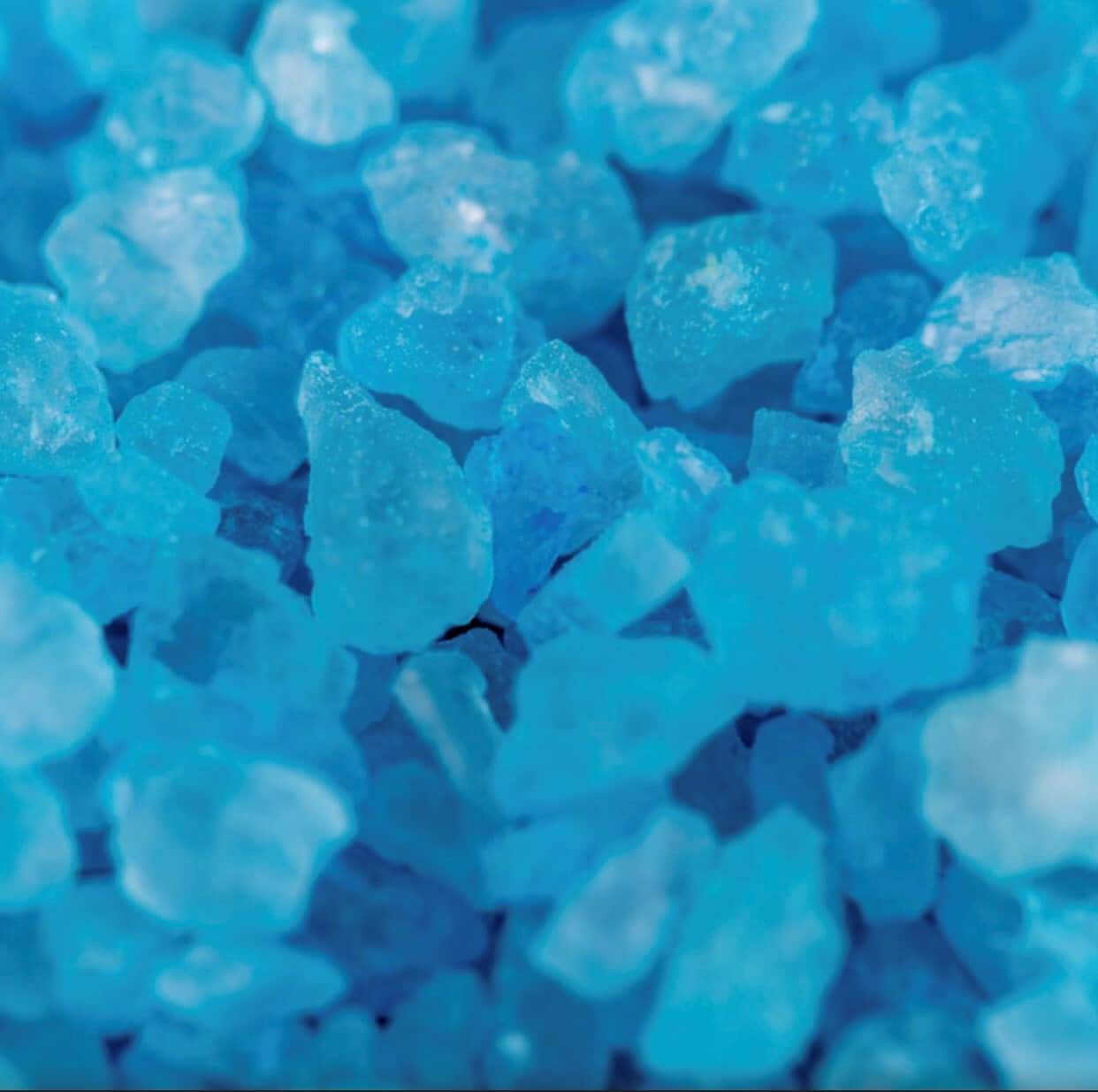




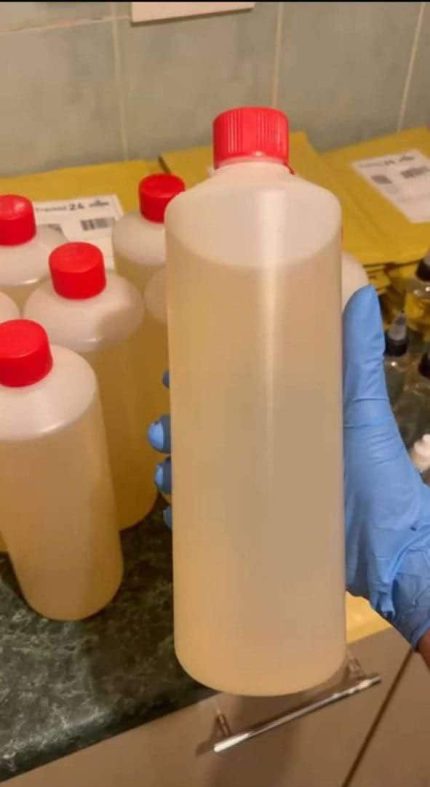

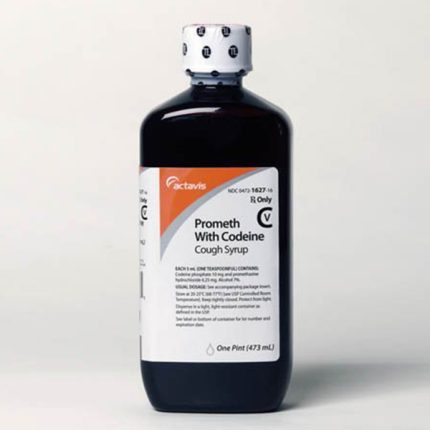
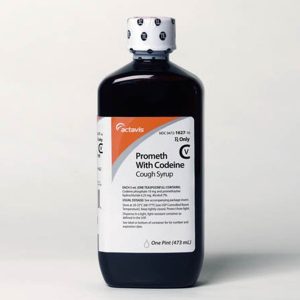

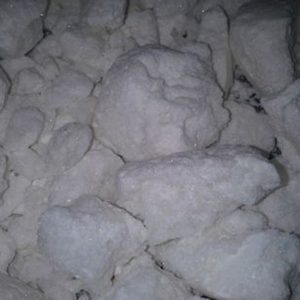


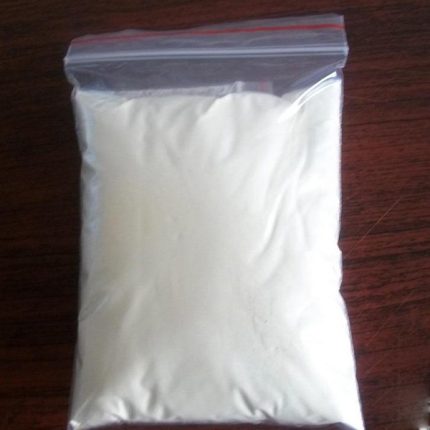

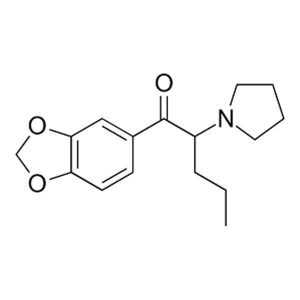

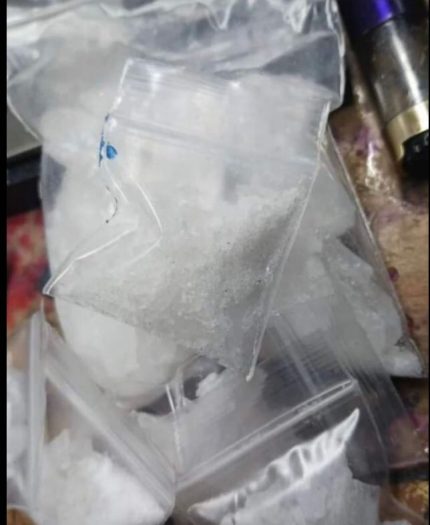
Reviews
There are no reviews yet.